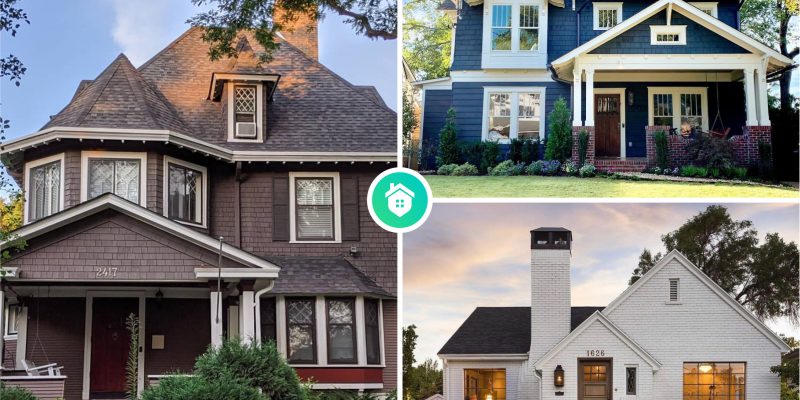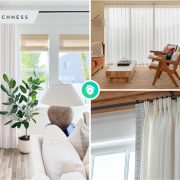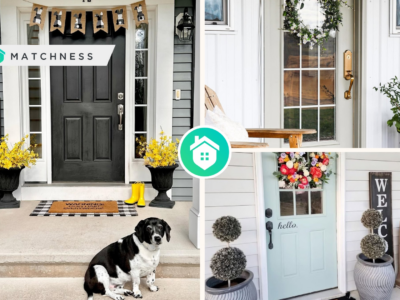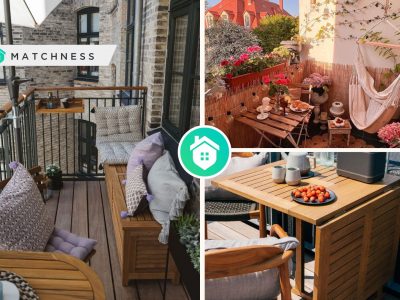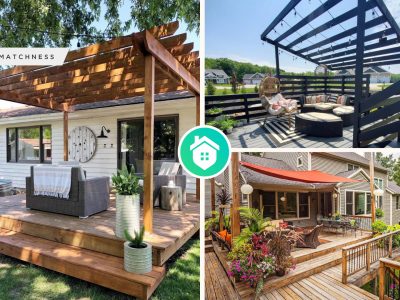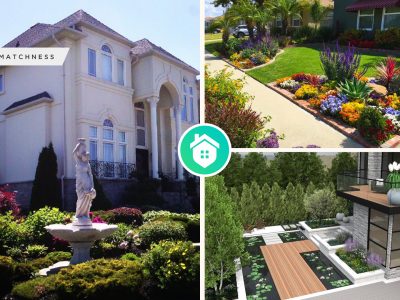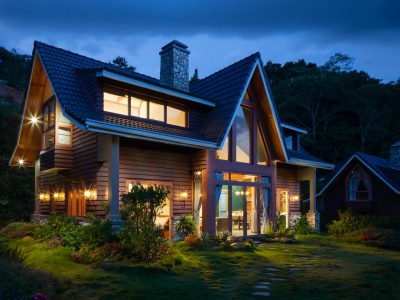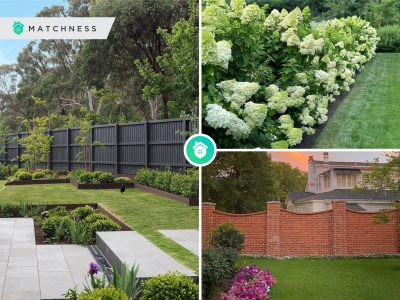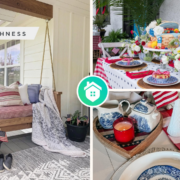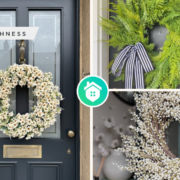Curb appeal plays a crucial role in creating a positive first impression of a house. It not only enhances the overall appearance but also increases the perceived value of the property. A well-maintained exterior, with attractive landscaping and a welcoming entrance, can significantly contribute to the desirability and marketability of a home.
Exterior color is one of the important aspects that influences the house exterior. A well-chosen color can make a house stand out and attract attention, while a poor choice can make it blend in or even appear unappealing. Additionally, the right color can enhance the architectural features of a house and create a cohesive look that is visually pleasing to passersby. Thus, you have to think carefully when choosing the right color for your house exterior.
Factors to consider
Before going to choose a color for your house exterior, there are some factors to consider. By paying attention to these factors below, hope you will get the right and best color for your house exterior.
Architectural style of the house
When considering how the house’s architectural style should influence color choice, it is important to take into account the overall aesthetic and design elements of the house. For example, a modern and minimalist style may call for a more neutral and monochromatic color palette to enhance its sleek and clean lines. On the other hand, a Victorian-style house may lend itself well to bold and vibrant colors that highlight its intricate detailing and ornate features. Ultimately, the goal is to choose colors that complement and enhance the architecture.
Neighborhood and Surroundings
It is also important to consider the neighborhood’s overall aesthetic and surroundings. This will ensure that the house blends harmoniously with its surroundings and maintains a cohesive look within the community. Additionally, taking into account the architectural style of neighboring houses can also help in choosing a color that complements the overall aesthetic of the area while still standing out.
Personal Preferences and Trends
The significance of personal taste and individual style in the color selection of the house exterior cannot be overstated. Personal taste plays a crucial role in determining the color palette of a house’s exterior as it reflects the homeowner’s personality and preferences. Additionally, individual style adds uniqueness and character to the overall aesthetic of the house, making it stand out in the neighborhood. Furthermore, you have to also balance your personal color preferences with timeless choices to ensure long-lasting appeal.
Climate and weather conditions
The climate and weather conditions play a crucial role in determining the durability and longevity of the chosen color for a house exterior. For example, in hot and sunny areas, lighter colors may be more suitable as they reflect heat and help keep the house cooler. On the other hand, in colder regions, darker colors can absorb heat and provide better insulation.
Popular exterior color options
Neutral colors
Homeowners who want their homes to have a timeless and understated look frequently favor neutral colors for exterior color schemes. These colors, such as beige, gray, and taupe, provide a versatile backdrop that can easily be paired with different architectural styles and landscaping choices. Additionally, neutral colors can make a house appear larger and more spacious, creating a welcoming and inviting atmosphere for visitors.
White
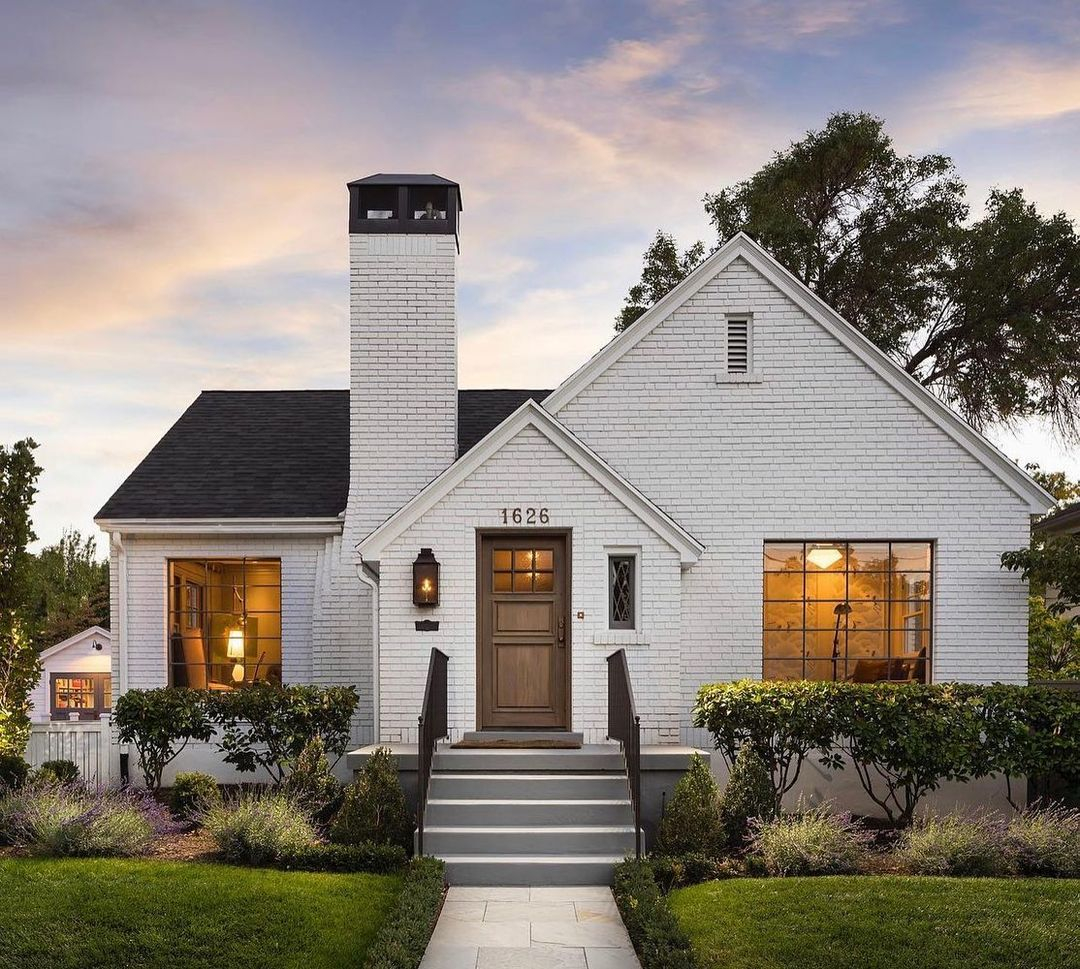
White paint is a classic choice for exterior paint color ideas. It offers a timeless and elegant look that can enhance the architectural features of any home. Combining it with black roofs looks great for your curb appeal. The combination of white paint and a black roof creates a striking contrast that adds depth and visual interest to your home’s exterior. Additionally, white paint reflects sunlight, helping to keep the house cooler during hot summer months. White exterior house from @stephaniemacdonaldrealtor
Beige
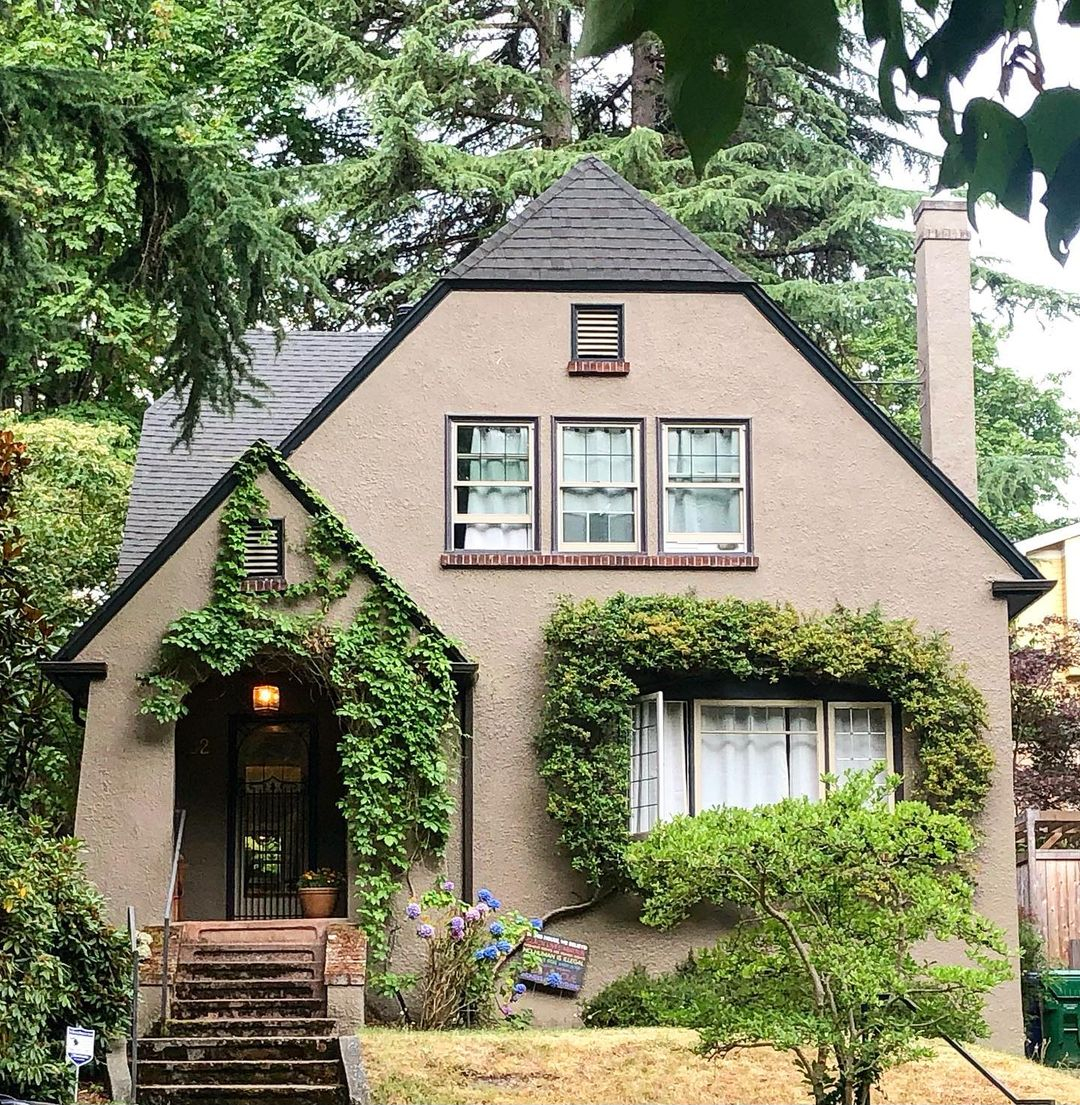
As a neutral color, applying beige paint for the house exterior adds warmth and elegance, especially, if you can combine it with the right other colors. Like this beige house combined with black roofs. It can create a sophisticated and modern look. The black roofs provide a striking contrast that enhances the overall aesthetic appeal of the house. Additionally, this color combination is versatile and can complement various architectural styles, making it a timeless choice for homeowners looking to create a visually appealing and stylish home exterior. Beige exterior from @houses_of_the_northwest
Gray
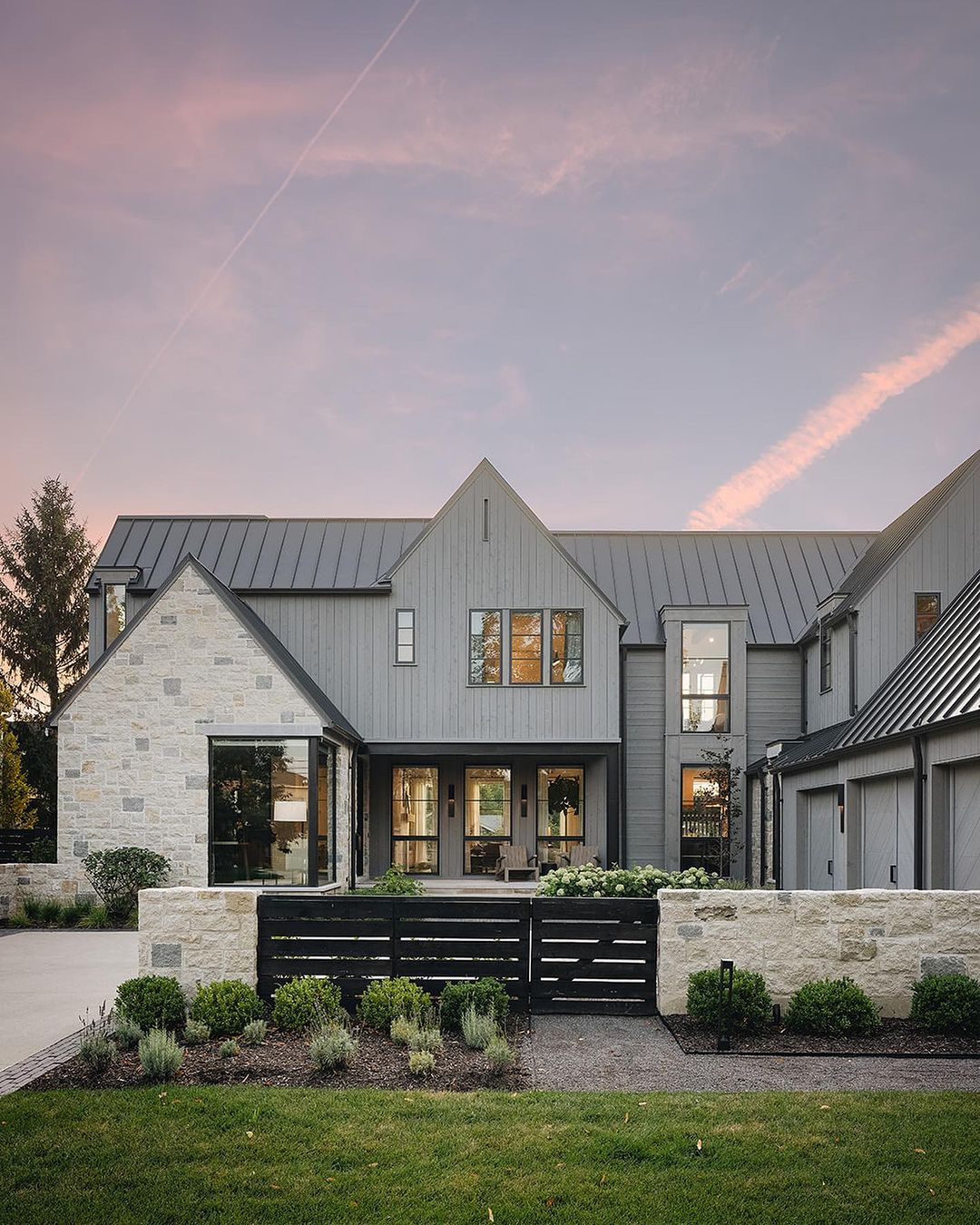
Applying gray paint to the exterior of your house and combining it with stone accents can give your home a modern and sophisticated look. The gray paint adds a sleek and contemporary touch, while the stone accents provide a natural and timeless element. Together, they create a harmonious balance between modern aesthetics and classic charm, enhancing the overall curb appeal of your house. Gray exterior paint from @leclairdecor
Bold colors
Applying bold colors for the house exterior can make a bold statement and add a vibrant touch to the overall aesthetic. These eye-catching colors can create a sense of personality and uniqueness, making the house stand out in the neighborhood. Additionally, bold colors can also evoke certain emotions and moods, such as energy and excitement, making the exterior more inviting and visually appealing.
Red
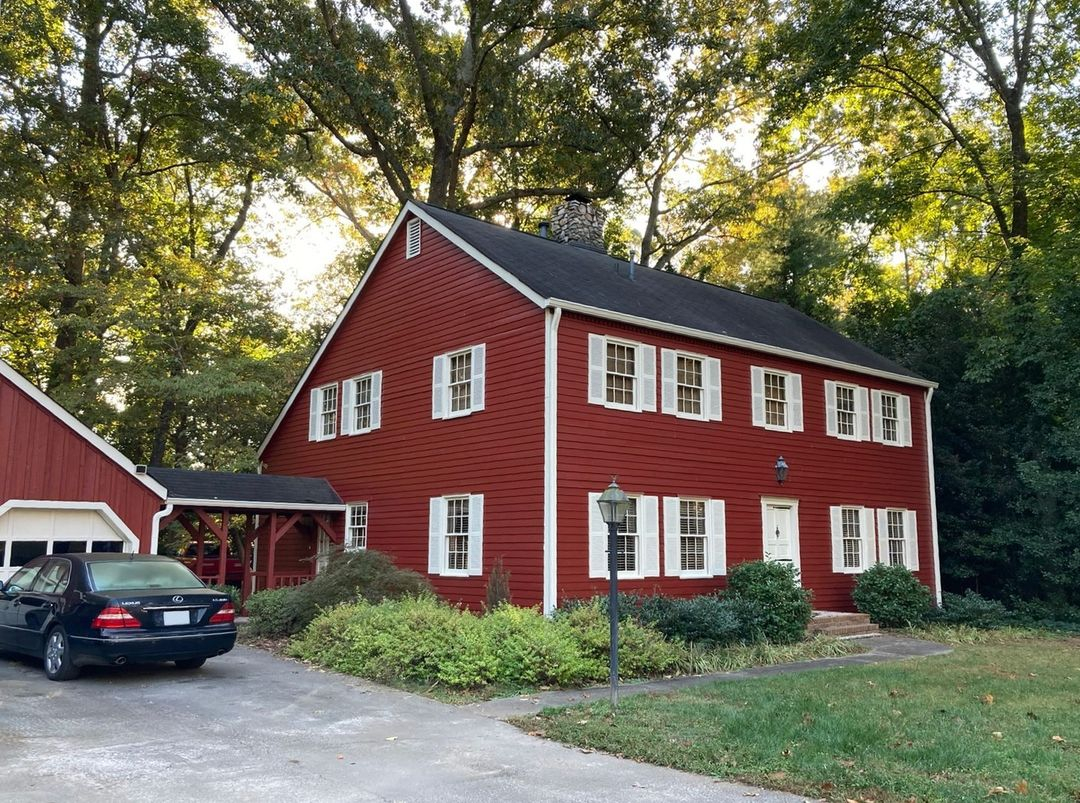
When it comes to choosing red paint for your house exterior, several ideas can add a vibrant and eye-catching touch to your home. Consider opting for a bold and deep shade of red, such as brick red, to create a dramatic and sophisticated look. To accentuate the architectural style of the house, you can combine it with white. You can apply the white color to the windows, doors, and trims, for sure. It can create a contrasting look and more stand out. Red house from @thecolorconcierge
Blue
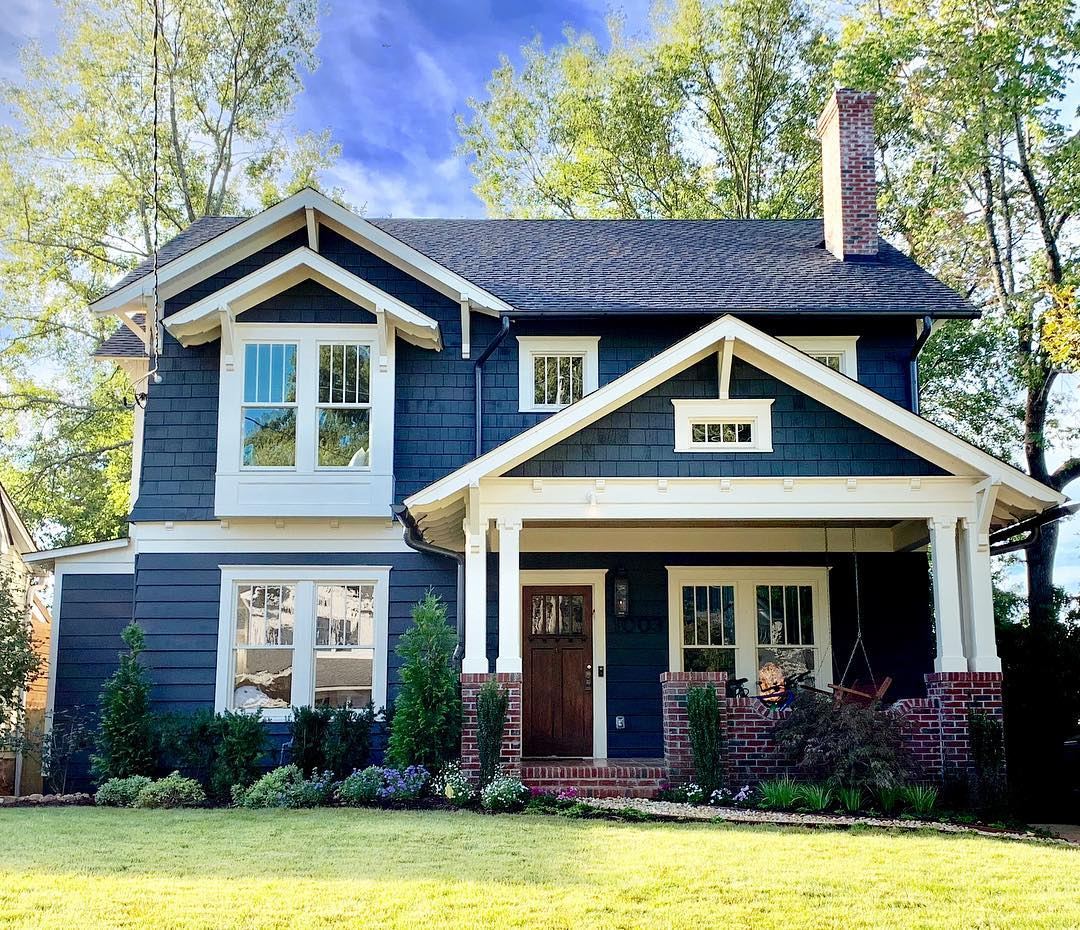
Choosing a bold color, such as deep blue, for the exterior paint color is a great idea to create a striking and modern look. You can combine it with white trim to accentuate the house’s architecture. The bold blue hue adds a sense of depth and sophistication to the overall aesthetic, while the white trim provides a crisp and clean contrast. This combination is sure to make your house stand out in the neighborhood and leave a lasting impression on visitors. Blue house exterior paint from @houselusting
Green
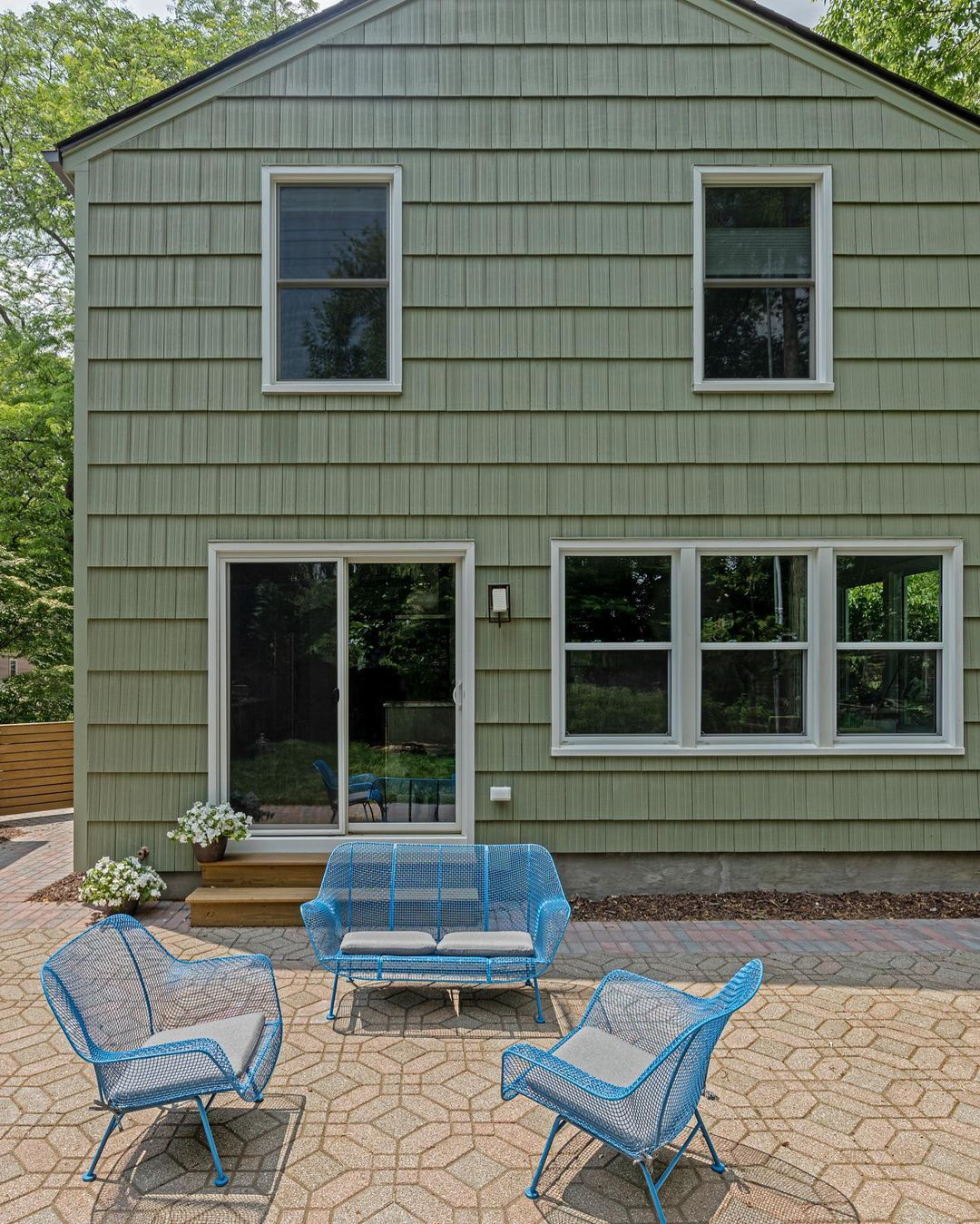
Using green paint as the house’s exterior paint choice can give the house a fresh and vibrant look. The color green is often associated with nature and can create a calming and inviting atmosphere. Additionally, green paint can help the house blend in with its surroundings, especially if it is located in a wooded or lush area. Green exterior paint from @amberldesign
Earthy tones
Earthy tones for the house exterior can create a warm and inviting atmosphere. These exterior colors can also blend well with the natural surroundings. These natural hues, such as warm browns and olive greens, blend seamlessly with the surrounding landscape, creating a harmonious connection between the house and its environment.
Brown
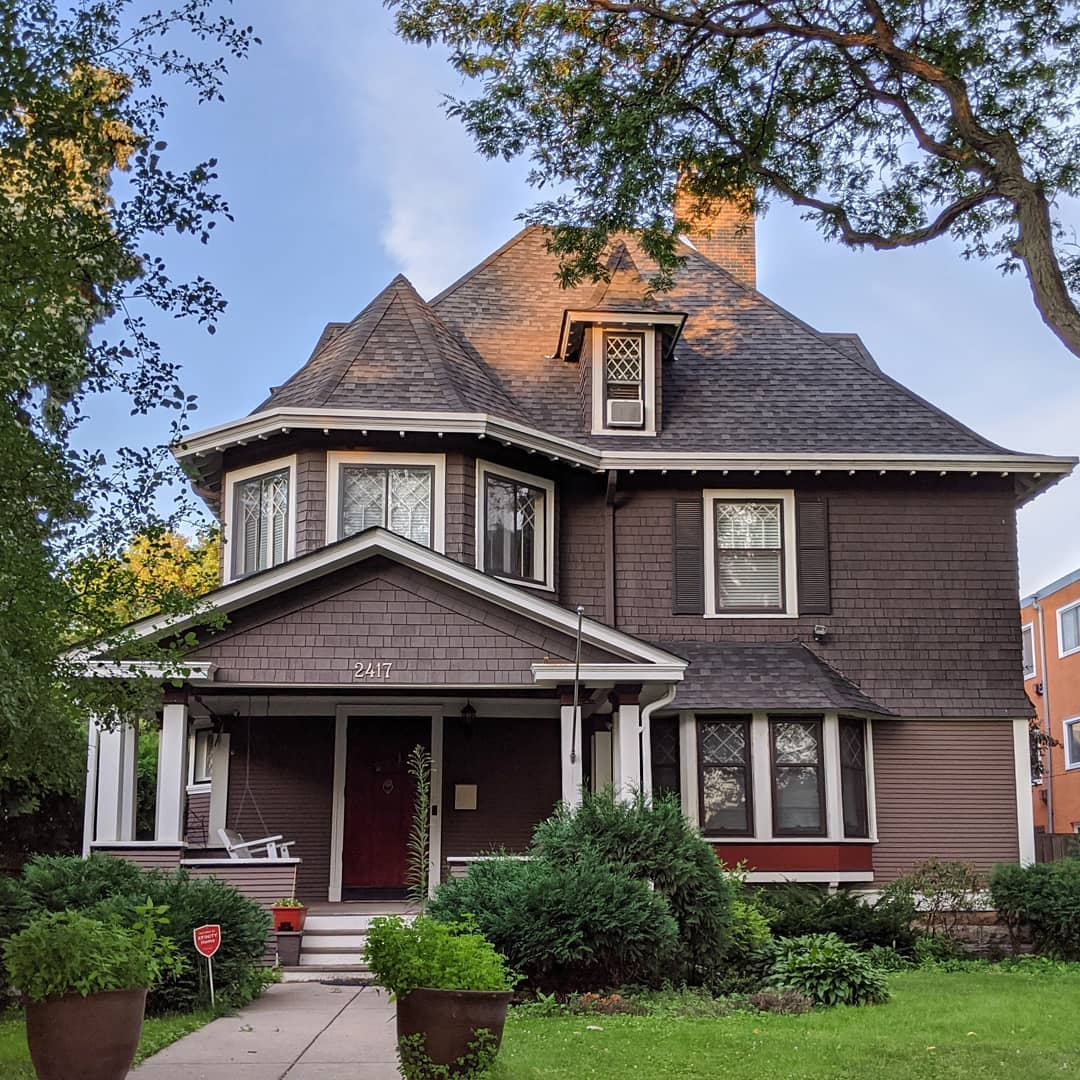
Use brown paint for exterior color ideas and combine it with brown roof tiles to create a cohesive and earthy look. The combination of brown paint and a matching roof will give your home a warm and inviting feel while also blending seamlessly with its natural surroundings. Consider adding some contrasting elements, like white trim, to add depth and visual interest to the overall design. Brown house from @perkinshouse
Tan

Choosing a warm tan for house exterior paint color ideas is a great idea to add earthy vibes to your home. This color can create a warm and inviting look. To strengthen the earthy nuance and blend with the surroundings, you can combine it with the soft brown. This combination of warm tan and soft brown adds depth and richness to the overall aesthetic of the house while still maintaining a neutral and timeless appeal. Warm tan and soft brown from @maryhannahinteriors
Olive green
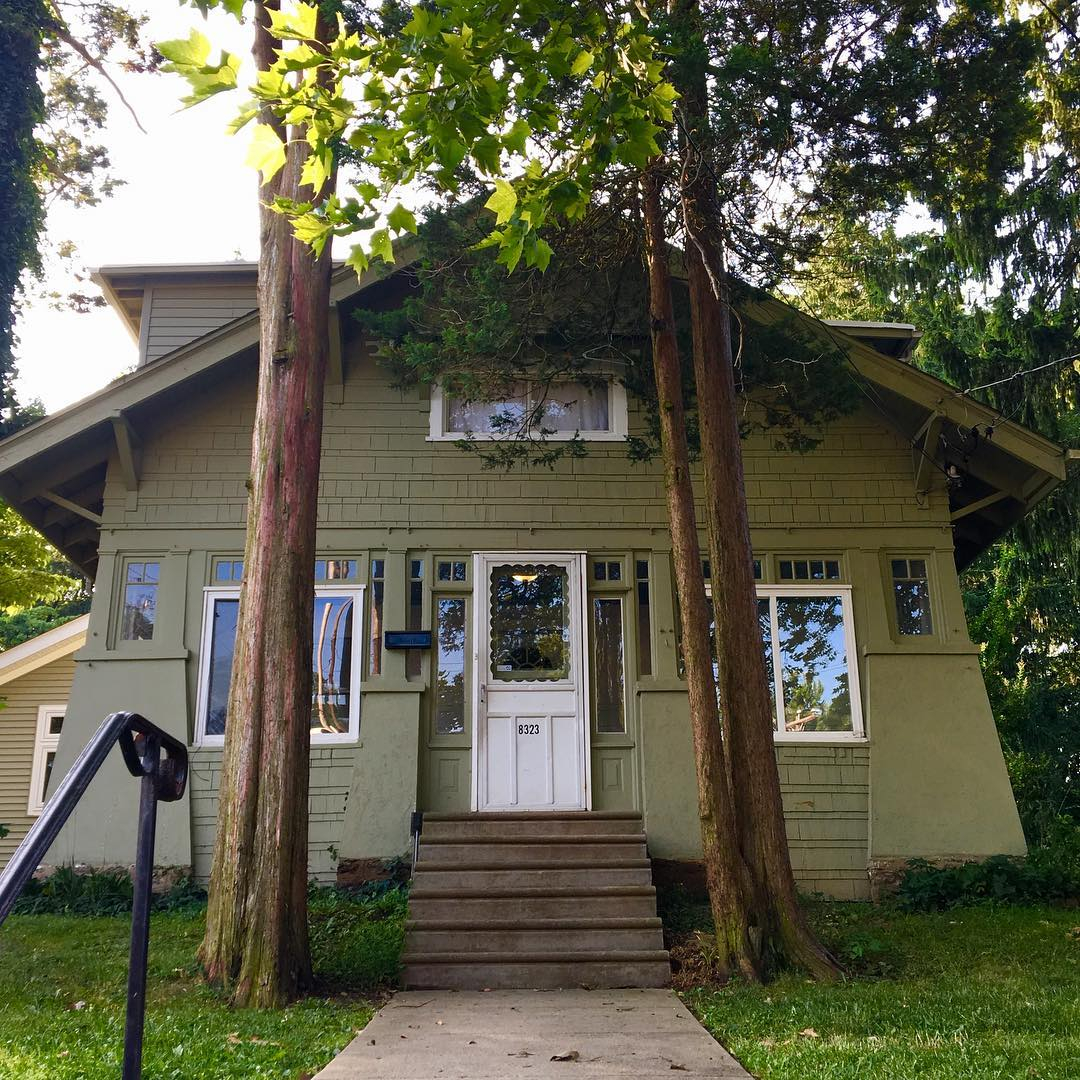
Applying olive green to the house exterior can create a unique and earthy look. This color choice can blend well with natural surroundings, such as trees and shrubs, giving the house a harmonious and organic feel. Additionally, olive green can also make the house stand out among neighboring homes, adding a touch of sophistication and elegance to the overall aesthetic. Olive green exterior from @symmetricalhouse
Conclusion
Selecting the right color for your house exterior can significantly enhance its curb appeal. By considering factors such as architectural style, neighborhood aesthetics, and personal preferences, you can create a visually appealing and harmonious look for your home. Remember that a well-chosen color can not only make a lasting impression but also increase the value of your property.


